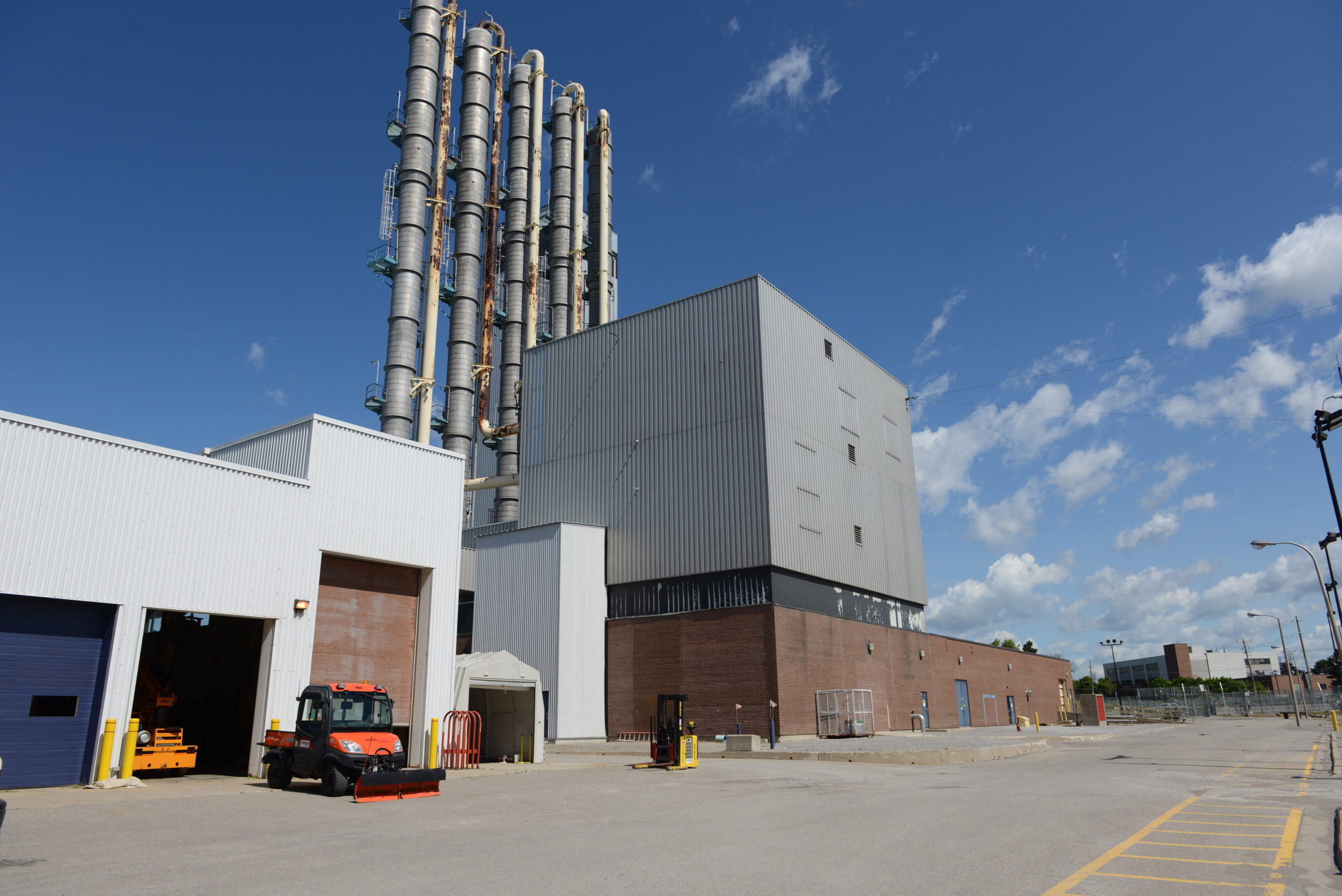
Doherty Engineering was retained to transition a nuclear plant from its prior electricity generating operation into a Safe Storage State (“SSS”), where the plant is to remain in SSS for 30 years. The project scope involved determining and analyzing future heating and ventilation loads and identifying heating and ventilation technologies. Heating options analyzed included: Natural gas auxiliary boilers; diesel fired auxiliary boilers; cogeneration/combined heat and power; auxiliary boilers (propane fired); auxiliary boilers (electric); water sourced heat pumps; electrical resistance heating; ethanol fired boilers; biomass boilers; solar thermal; geothermal; biomass combined heat and power. High level capital cost estimates were developed for each technology as well.
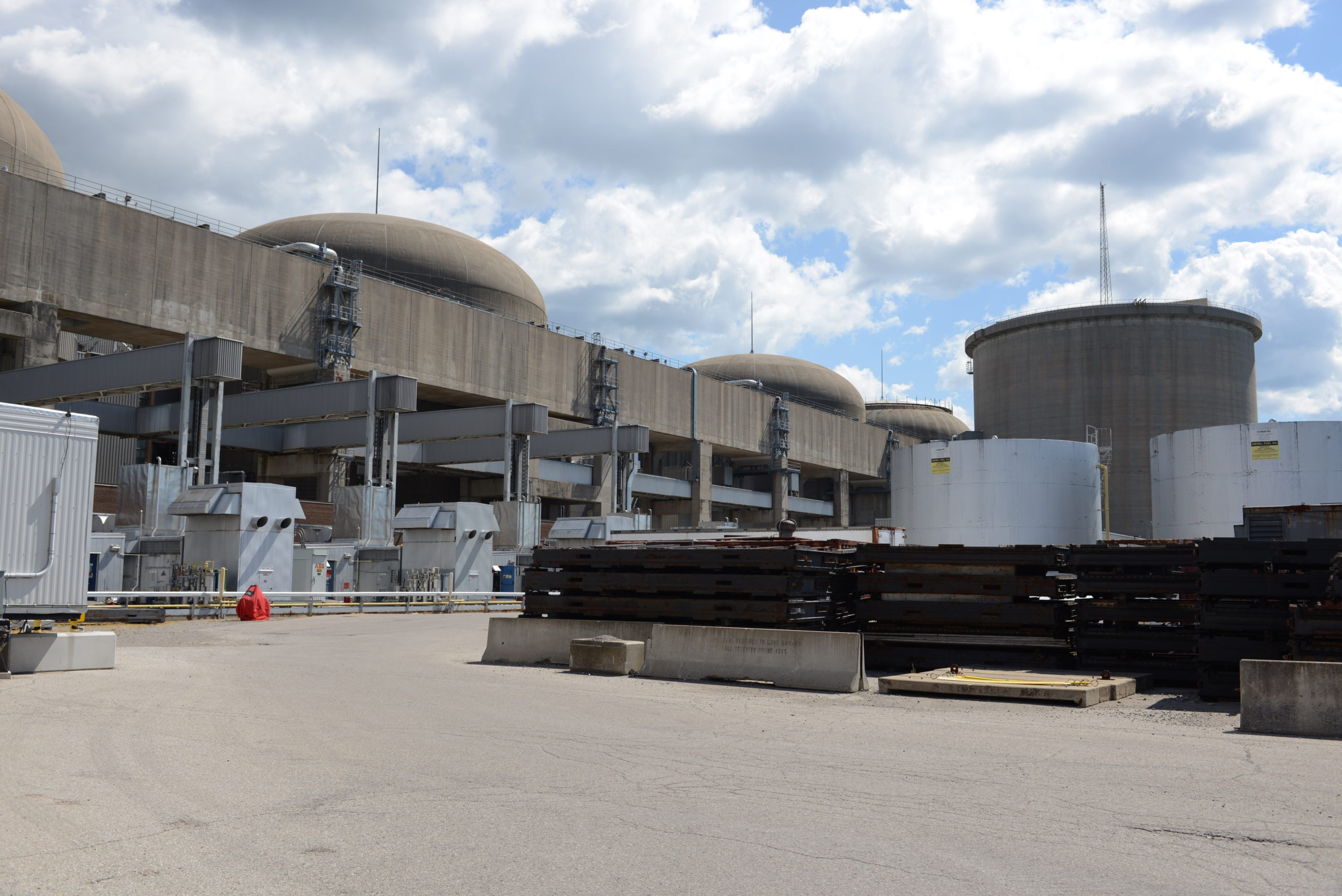
Doherty Engineering Inc. (“DEI”) assisted with works and field surveillance associated with an auxiliary boiler procurement and installation. DEI took on the role of Owner’s Engineer and managed the boiler’s procurement, erection, tie-in, and start-up cycle. As Owner’s Engineer, DEI provided project management services, and supported the work across several aspects throughout project completion by providing recommendations and problem resolution on technical matters. DEI reviewed boiler inspection and test plans to ensure consistency and compliance between the two. DEI coordinated with contractors and sub-contractors to verify that procedures and work practices were conducted in accordance with technical requirements specified. A detailed final report and comprehensive project turnover document set was provided to the client.
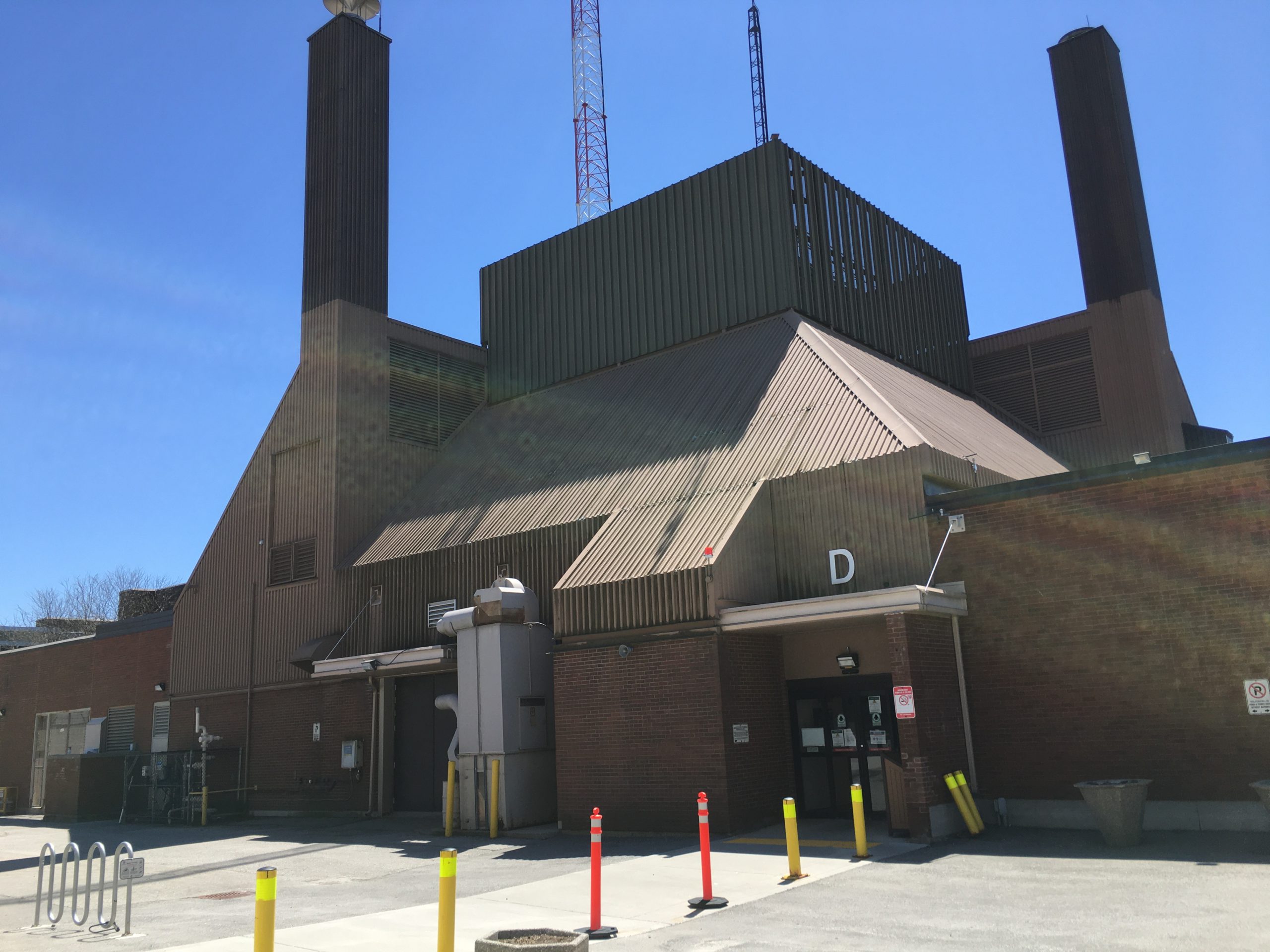
Doherty Engineering conducted a detailed feasibility assessment and recommendation development of a Campus Energy Centre Roadmap, hereinafter the “Roadmap”, as well as full engineering design services for the development of a new “Chiller Centre”. The Roadmap will serve to inform the college on future projects to meet requirements of projected campus growth.
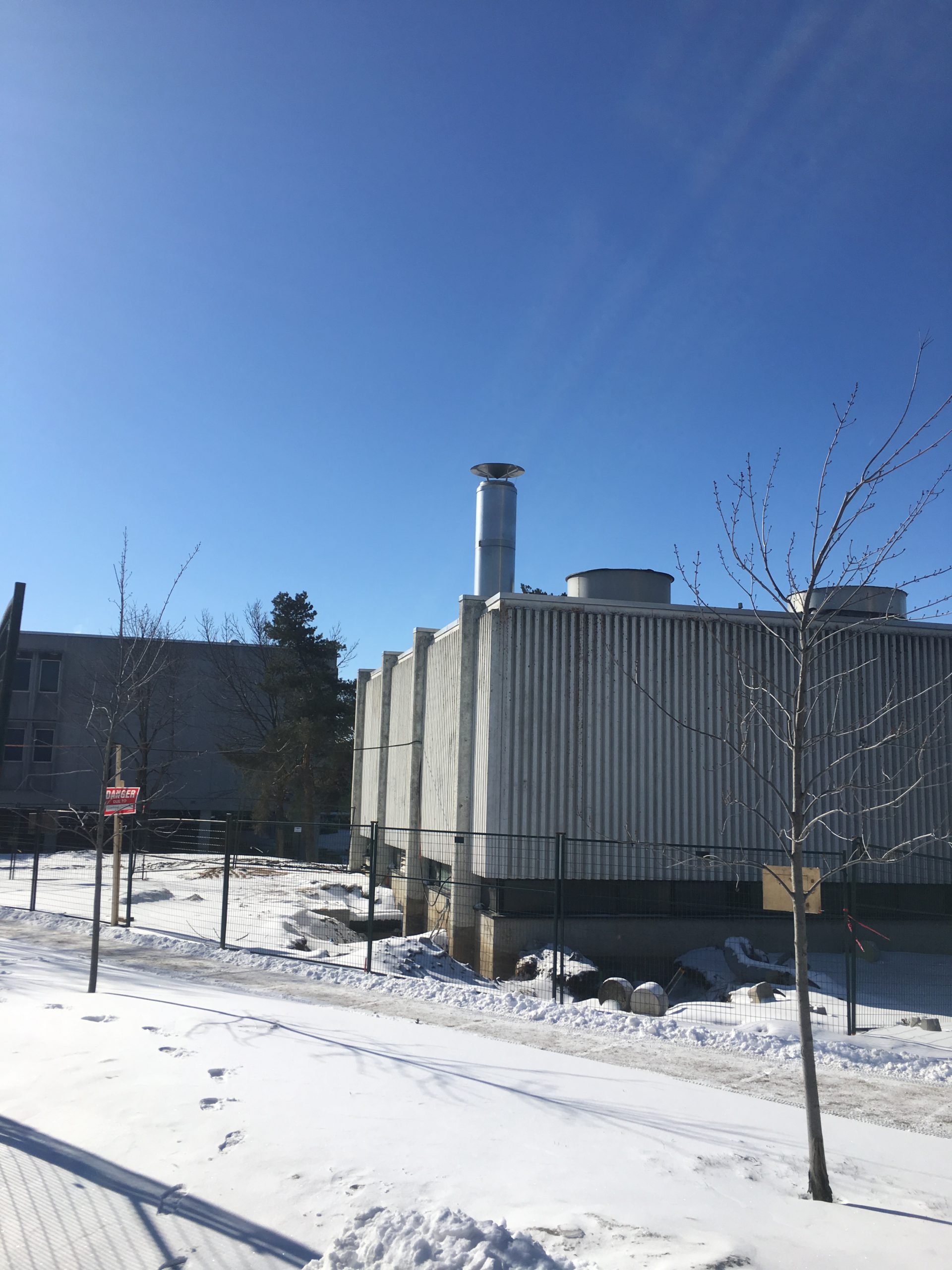
Doherty Engineering Inc. (“DEI”) conducted a preliminary study on a University campus’ heating systems, which are supplied by a central heating plant steam distribution network. The study involved completing a condition assessment of the existing building heating systems, modelling current heating loads based on metering steam and condensate data, developing a conceptual design for heating the buildings, estimating energy savings and reductions in greenhouse has emissions (GHGs), life cycle costing analysis and completing a preliminary cost estimate for implementation of the project. Work culminated in the preparation of a report summarizing the results of the study, including conceptual drawings for a new central heating plant. The preliminary study led to the detailed engineering design for this new central heating plant. Engineering work included the design of hot water distribution piping, as well as retrofit work in existing buildings to facilitate the conversion from steam to hot water heating, including hydronic heating systems and domestic hot water. DEI prepared all design, development and construction documents, assisting the University in the management of the tender process and completing contract administration services throughout construction.
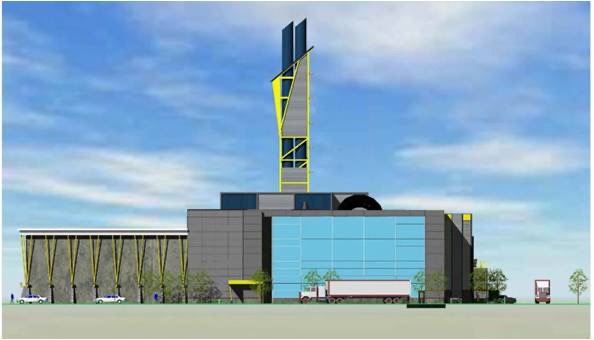
Doherty Engineering was retained for a 25 MW biomass plant in Ajax, ON. DEI prepared preliminary and detailed feasibility studies for the biomass cogeneration plant and district energy system, comparing business-as-usual versus business with biomass district energy. Subsequent to the studies, DEI completed the front-end engineering and design (FEED) documentation, developed the tender packages under an EPC framework, managed the turnkey tender process and performed the role of Owner’s Engineer during the detailed engineering design and construction phases, which includes the full complement of contract administration services. The plant generates high pressure superheated steam (550 psig) from wood-fired stoker type combustors. Steam passes through a back pressure turbine, followed by two condensing turbines, each producing approximately 9 MW. The facility includes all balance of plant equipment, such as deaerator, boiler feed, condensate, chemical treatment, steam condensers, cooling towers, lube oil, hydraulic power, wood fuel conveying systems, and wood fuel storage. This facility is one of the few biomass-fired power plants in Ontario and provides steam to an expansive district steam-heating system in the surrounding area. Highlights of the project include: • Three (3) nominal 9 MW steam turbine generators; • Two (2) biomass combustor trains; • Flue gas heat recovery (near condensing); • One (1) 300 MMBTU/hr, 20,000 GPM, 8 cell cross flow cooling tower; • Connection to existing steam distribution network